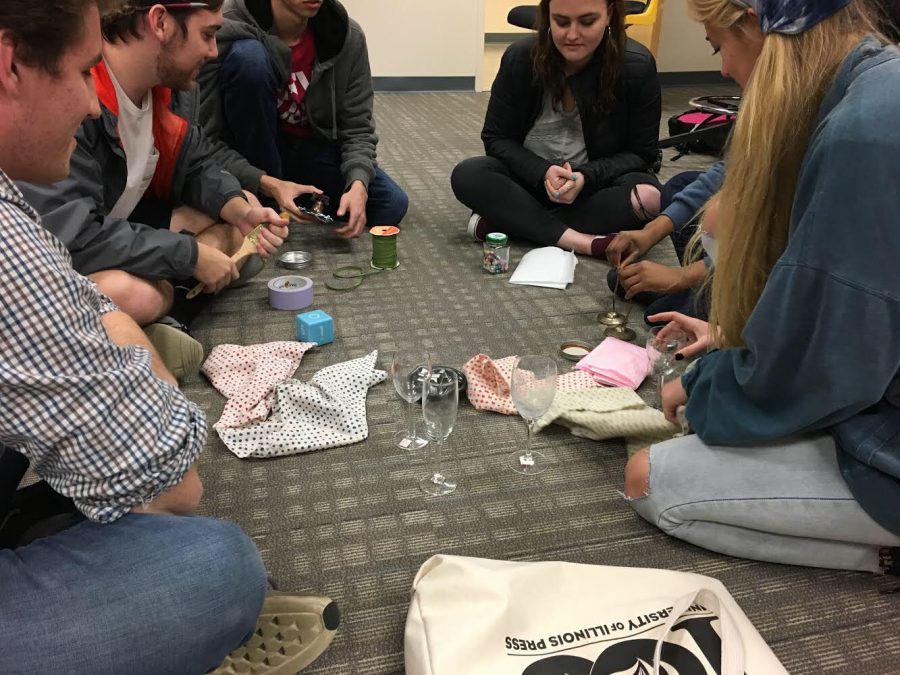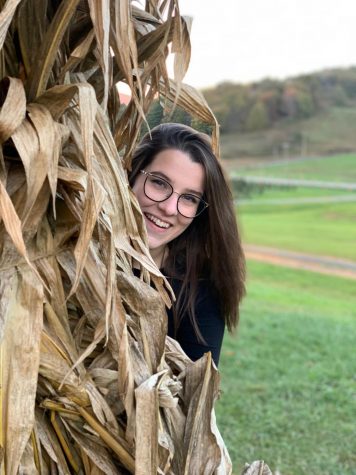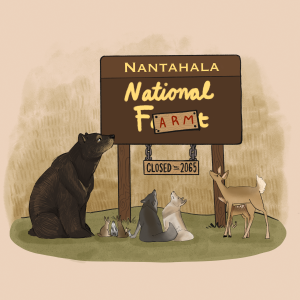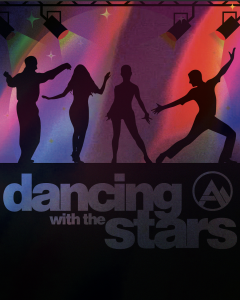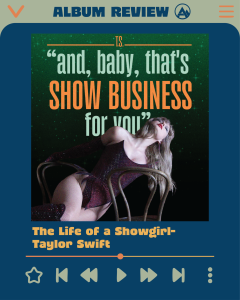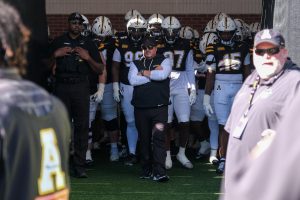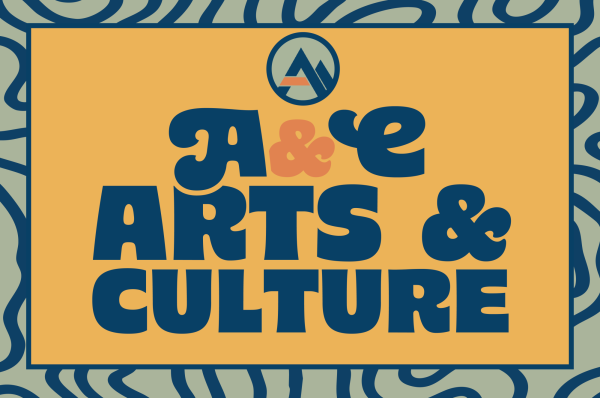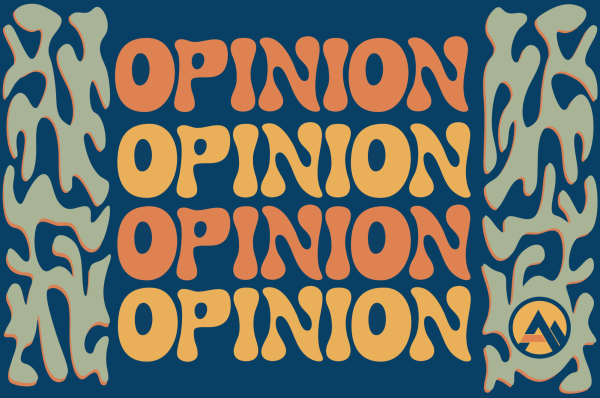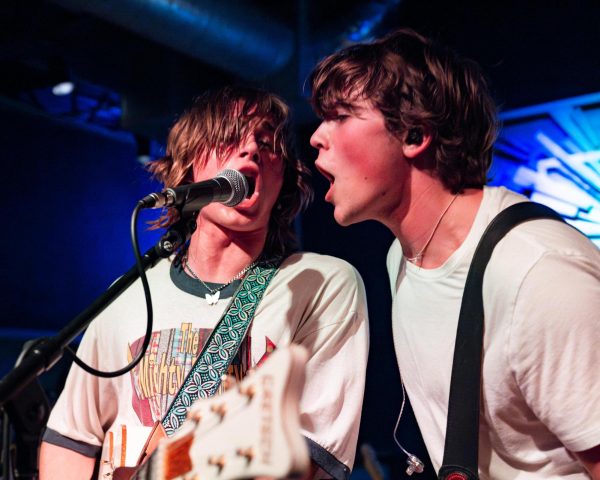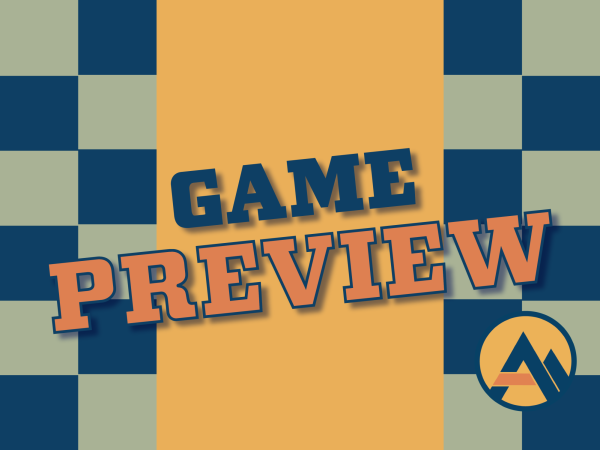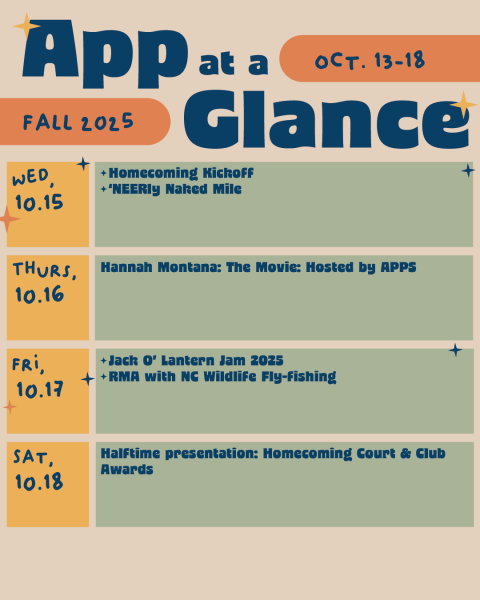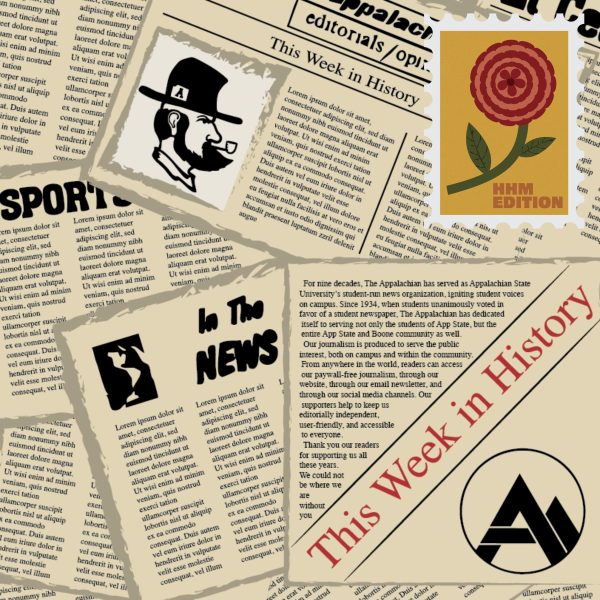Seminar partners with schools across the world to teach collaborative art
Students in the My Place of Yours? junior honors seminar work on art project in class. Assistant professor Cara Gelber designed the seminar to show students what working on collaborative art looks like, and this semester they are working with students from Gonzaga University in Spokane, Washington and Yongin University in Yongin, South Korea.
February 28, 2019
From South Korea to Washington and back to Boone again, college students around the world are participating in one App State seminar this semester.
Cara Hagan, an assistant professor of theatre and dance at App State, created the junior honors seminar My Place or Yours? in partnership with Gonzaga University in Spokane, Washington, and Yongin University in Yongin, South Korea, to show students the process of creating collaborative art.
Students have worked with Gonzaga students, but the professors are still organizing what working with Yongin will look like, Hagan said.
As for the collaboration with Gonzaga, each App State student is partnered with at least one Gonzaga student. These students take turns providing material that inspires each other. The students at Gonzaga are in a dance composition class and will perform the final project live, sending the video of the finished product to Boone.
The first transaction between the partners was a piece of music that Gonzaga students wanted to choreograph with a sentence about the piece. The App State students collected objects that reminded them of the song and sent them in a care package to Washington. These objects ranged from fire exit signs to Band-Aids. Now, Gonzaga students are using these objects as inspiration for choreographing the final piece.
“I think the first Zoom conversation was a little awkward because no one knew each other, but as we have discussed this and received the packages of inspiration, they have really enjoyed it,” assistant professor at Gonzaga Suzanne Ostersmith wrote in an email. “In class yesterday, they all spoke of their partners at App State as though they knew them somehow.”
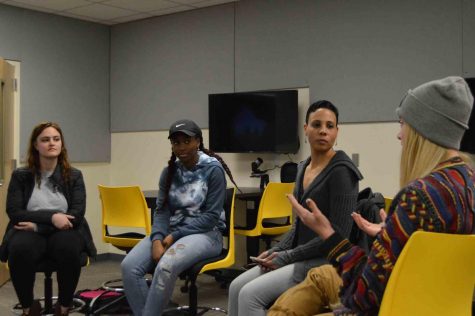
Along with large-scale collaborations, the students were required to pick a personal partner such as a friend at another school or a sibling who lives in another state.
“What I hope is that through working with their partners at these institutions and with their personal partners, they realize that they have very few parameters about what they could do and that in the limitation they may find a lot of freedom,” Hagan said.
Because the class meets once a week for two and a half hours, the students also have time to work on small projects in class such as deconstructed poems from Goodwill books or a three-part musical suite using objects that aren’t normally considered instruments.
“One of the things I’ve learned from this class is respecting everyone’s abilities and opinions and use that to your advantage,” sophomore global studies major Erica-Grace Lubamba said.
What makes this experience even more unique is that because the class is a junior honors seminar, students aren’t required to come from an arts background.
“Everyone in the class brings so much to the table,” Hagan said. “They’re coming from all different disciplines like computer programming and sustainability, so they already have a lot of tools to work with.”
The seminar also fulfills the international education requirement for honors college students, according to the honors college. This allows students with tight schedules to graduate with honors without having to study abroad.
The My Place or Yours? curriculum is built around a line of research that Hagan discovered herself called “artistic surrogacy,” a method of sharing artistic concepts with another so that the ideas can be executed without the originator’s presence.
“This process of artistic surrogacy is about bringing voices to the floor that would not have the opportunity to otherwise,” Hagan said. “Through these artist collaborations where most of these artists have never and will never meet each other before in person, we hope to start a dialogue about these things and democratize the experience of the arts for artists, presenters and audiences.”
As another example of artistic surrogacy, Hagan is guest curating an exhibition at the Turchin Center starting in July under the same name, “My Place or Yours?” The exhibition will feature 20 artists in collaborative pairs from all around the world, demonstrating artistic surrogacy, Hagan said.
“The exhibition looks at whose voice gets to be heard and whose does not, and why,” Hagan said. “What are the implications of artists needing to show up with their work and what kinds of limitations does that put on people who may be caretakers or geographically isolated or don’t have the finances to travel, let alone the environmental impact of long distance travel?”
The exhibition opens July 5 and will run through the fall semester.

